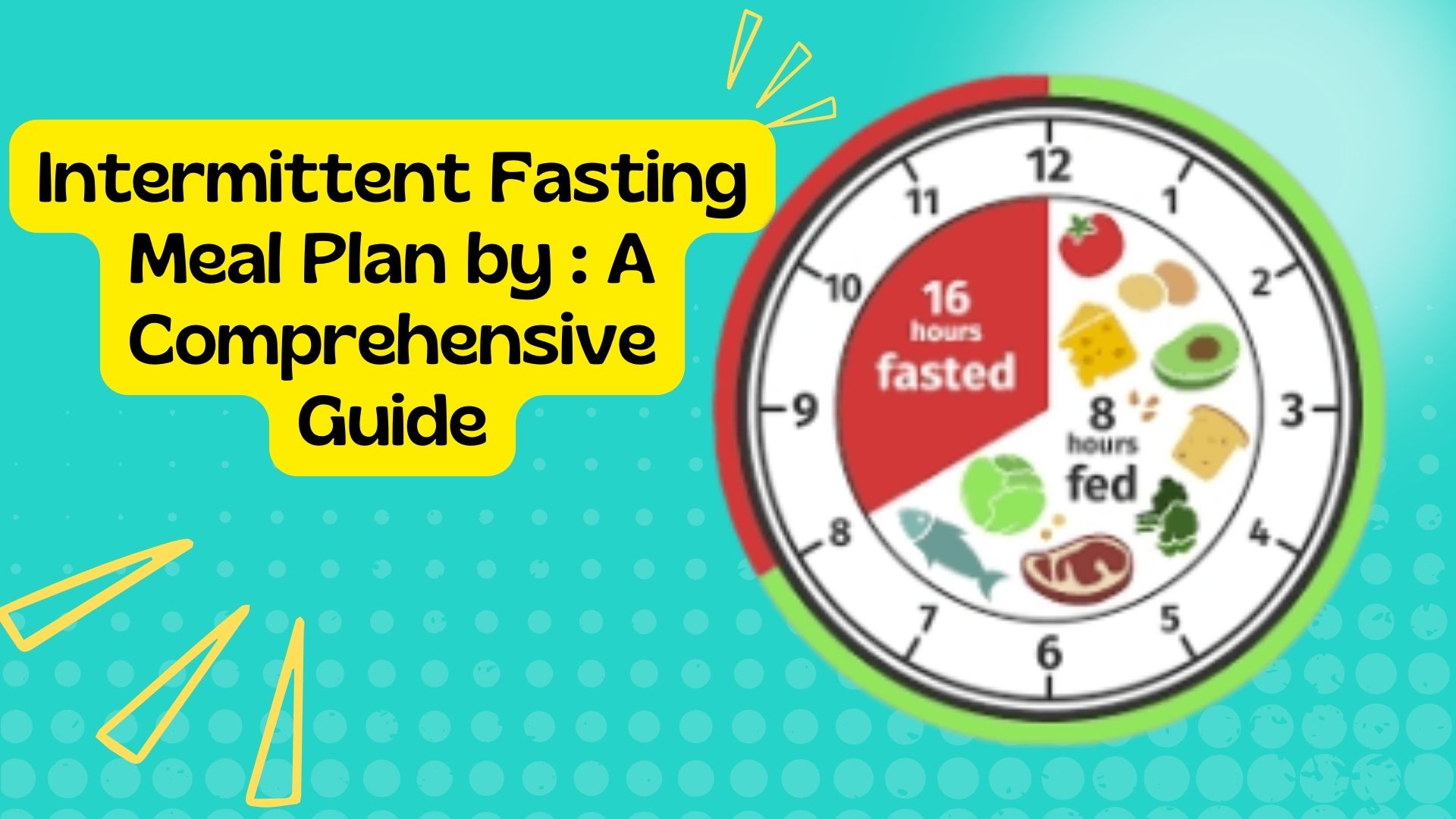Introduction:
Intermittent fasting has gained significant popularity in recent years due to its potential health benefits and effectiveness in weight management. A renowned expert in the field of nutrition, has developed an intermittent fasting meal plan that provides a structured approach to fasting and eating. In this article, we will delve into the details of the intermittent fasting meal plan, exploring its benefits, guidelines, and how to implement it successfully for improved health and well-being.
Understanding Intermittent Fasting:
Intermittent fasting involves adopting a scheduled eating plan that incorporates regular periods of fasting and eating. It focuses on the timing of meals rather than specific foods. This approach has shown promising results in various areas, including weight loss, metabolic health, and even cognitive function. By incorporating the intermittent fasting meal plan, individuals can maximize the benefits of intermittent fasting while ensuring proper nutrition.
The Benefits of Intermittent Fasting:
- Weight Loss and Metabolic Health: Intermittent fasting can be an effective tool for weight management by promoting fat burning and reducing calorie intake. It has been shown to support healthy metabolic function and improve insulin sensitivity, leading to better blood sugar control and potential reductions in the risk of chronic diseases.
- Autophagy and Cellular Repair: During fasting periods, the body undergoes a process called autophagy, which involves the recycling and removal of damaged cells and cellular components. This process helps rejuvenate cells, support tissue repair, and may have anti-aging effects.
- Enhanced Brain Function: Intermittent fasting has been linked to improved cognitive function and brain health. It may stimulate the production of brain-derived neurotrophic factor (BDNF), a protein that supports the growth and maintenance of brain cells, potentially reducing the risk of neurodegenerative disorders.
- Simplified Meal Planning: By following the intermittent fasting meal plan, individuals can simplify their meal planning process. This approach eliminates the need to constantly think about what to eat and when, making it easier to adhere to a healthy eating routine.
The Intermittent Fasting Meal Plan:
The intermittent fasting meal plan provides a practical and structured approach to intermittent fasting. It incorporates different fasting protocols and suggests nutrient-dense meals to support optimal health. These are the main parts:
- Fasting Protocols: The intermittent fasting meal plan offers several fasting protocols to choose from, including:
- 16:8 Method: This involves fasting for 16 hours daily and restricting eating to an 8-hour window.
- 24-Hour Fast: This protocol involves fasting for a full 24 hours once or twice a week.
- OMAD (One Meal a Day): With this approach, individuals consume all their daily calories within a single meal.
- 5:2 Method: This method involves eating normally for five days a week and reducing calorie intake to 500-600 calories for two non-consecutive days.
- Nutrient-Dense Meals: During the eating window, it is important to consume balanced and nutrient-dense meals. The intermittent fasting meal plan emphasizes the following food groups:
- Healthy fats: Include avocado, olive oil, coconut oil, and nuts in your meals.
- Quality protein: Choose lean sources such as poultry, fish, and tofu.
- Non-starchy vegetables: Incorporate a variety of colorful vegetables to ensure an adequate intake of vitamins, minerals, and fiber.
- Low-sugar fruits: Opt for berries, apples, and citrus fruits that are lower in sugar content.
- Healthy carbohydrates: Focus on consuming complex carbohydrates like sweet potatoes and quinoa in moderation.
- Hydration: Proper hydration is essential during intermittent fasting. Water, herbal tea, and black coffee can be consumed during fasting periods to stay hydrated and help curb hunger.
Implementing the Intermittent Fasting Meal Plan:
To successfully implement the intermittent fasting meal plan, follow these steps:
- Choose a fasting protocol that suits your lifestyle and goals.
- Plan your meals in advance, ensuring they align with the recommended food groups.
- Gradually adjust your eating window to match your chosen fasting protocol.
- Pay attention to what your body tells you and make changes as necessary to ensure you’re getting the right nutrition.
- Stay consistent and give your body time to adapt to the new eating pattern.
Conclusion:
The intermittent fasting meal plan offers a comprehensive approach to intermittent fasting, providing structure and guidance for those seeking to optimize their health and well-being. By incorporating fasting protocols and nutrient-dense meals, individuals can harness the potential benefits of intermittent fasting while ensuring proper nutrition. Whether you’re aiming for weight loss, improved metabolic health, or enhanced cognitive function, the intermittent fasting meal plan can be a valuable tool on your journey to better health.
